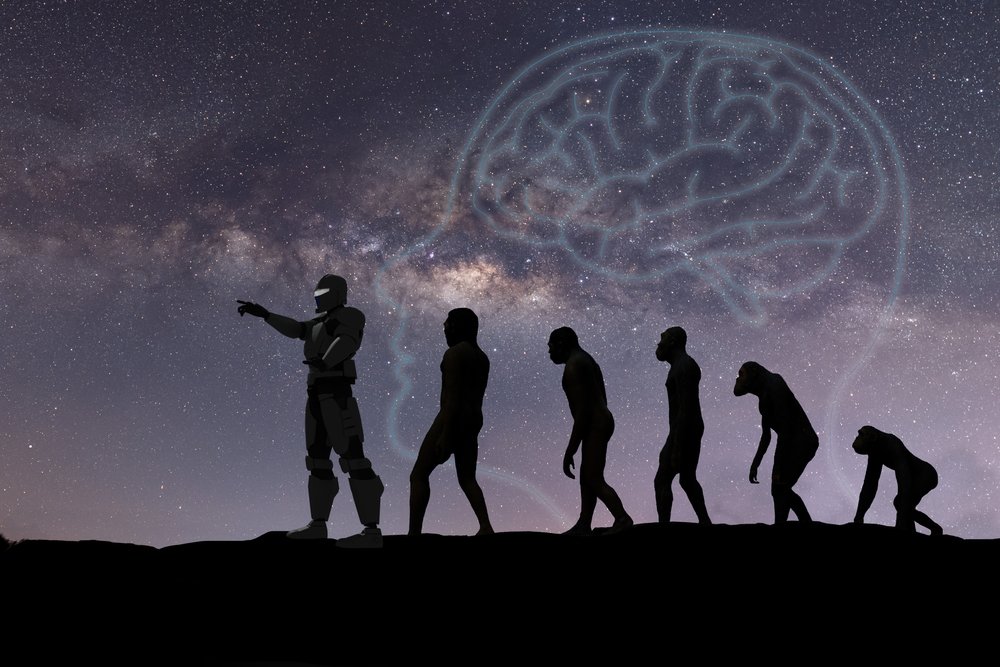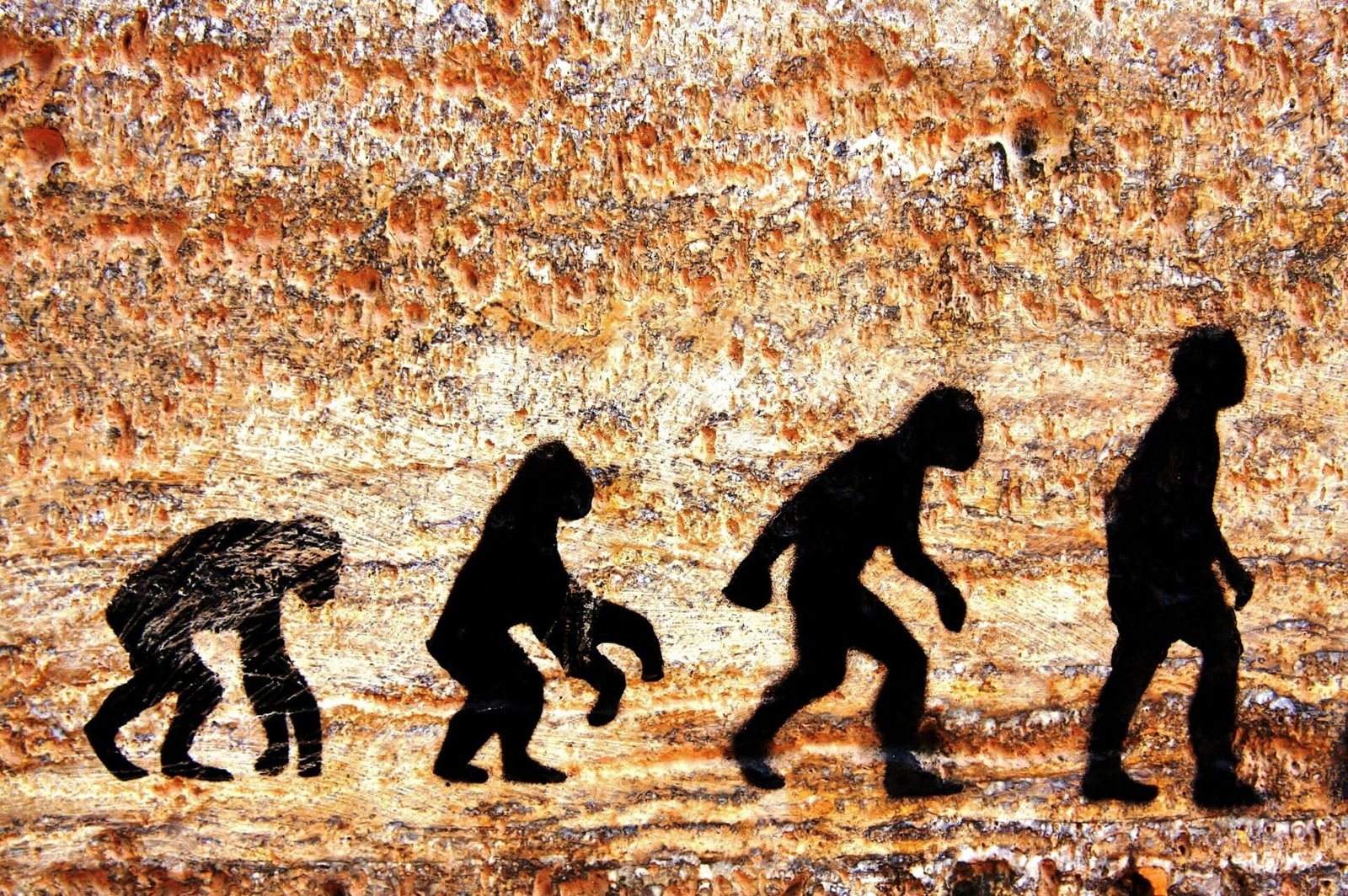A new graphic novel, Becoming a Scientist, shares the inspiring stories of people who found their way into science through non-traditional routes. Written by Professor Adrian Liston from the University of Cambridge and illustrated by Yulia Lapko, the book is aimed at young adult readers between 12 and 18 years old. Prof. Liston didn’t come from a family of scientists—he was expected to follow in his truck-driving family’s footsteps in Australia. Yulia Lapko, on the other hand, had to leave her home in Ukraine after the 2022 invasion and now works as a business administrator in the pathology department at Cambridge. This graphic novel features stories of 12 scientists from Prof. Liston’s lab, showing how different people, despite obstacles, have found success in science. The goal is to inspire more young people to consider science as a career path.
Table: Key Information about the Graphic Novel
| Feature | Description |
|---|---|
| Title | Becoming a Scientist |
| Author | Prof. Adrian Liston |
| Illustrator | Yulia Lapko |
| Target Audience | Young adults aged 12-18 |
Prof. Adrian Liston’s Story
Professor Adrian Liston, the author of the book, grew up in Australia in a family where working-class jobs like truck driving were the norm. He didn’t know anything about science or scientists while growing up. He says his interest in science began after watching nature documentaries on television. If it hadn’t been for that, he wouldn’t have known that becoming a scientist was even an option. He now hopes that the stories in this graphic novel will show young people that there are many different ways to enter the world of science.
Challenges and Success Stories
The novel focuses on the stories of 12 members from Prof. Liston’s lab. Each of these individuals has faced challenges on their journey into science. They are involved in research on the immune system and pathology. The main aim of the book is to show that:
- Everyone’s path into science is different.
- You don’t need a perfect background to succeed in science.
- Challenges can be overcome with determination.
- Science benefits from having diverse talents.
These points are a strong message to young readers that no matter where they come from, they can contribute to scientific discoveries.
The Role of Diversity in Science
Prof. Liston emphasizes that science becomes stronger with more diversity. His team at the University of Cambridge comes from a variety of backgrounds, and each person has their own story of how they got into science. One of the key ideas of the book is that different life experiences bring unique perspectives to science. Prof. Liston believes it’s not just intelligence but also determination and creativity that lead to important breakthroughs in research.
Yulia Lapko’s Journey
Yulia Lapko, the illustrator of the novel, also has an interesting story. Before coming to the UK, she was an artist in Ukraine. When her home country was invaded in 2022, she had to leave and eventually settled in Cambridge under the Homes for Ukraine scheme. Although she initially took a stable full-time job to feel secure, she later returned to art. Yulia illustrates the stories of the scientists she works with in a way that brings their personalities to life. She says knowing their stories helped her capture their characters in the illustrations.
Conclusion: Science for Everyone
The graphic novel Becoming a Scientist highlights that science is not limited to people from certain backgrounds or those who have had a smooth path. Instead, the book shows that science can be for everyone, regardless of the challenges they face. By sharing the stories of the scientists in his lab, Prof. Liston hopes to inspire young readers to see themselves as potential future scientists, no matter where they come from. Through determination, creativity, and diverse perspectives, anyone can contribute to the advancement of science.



